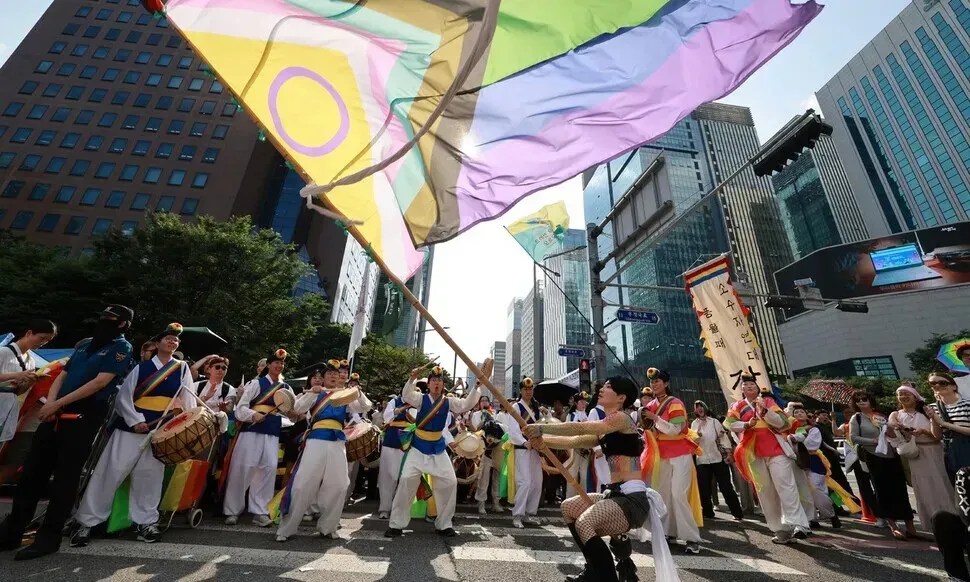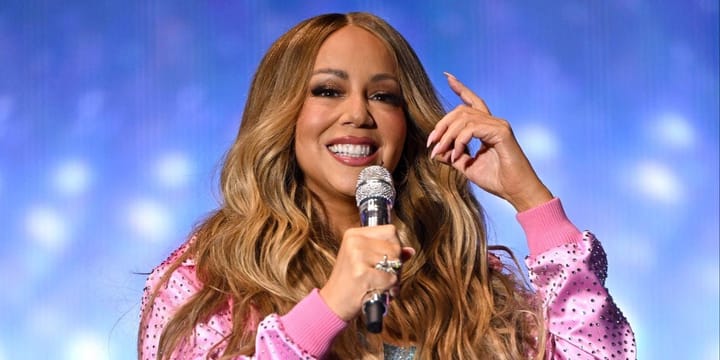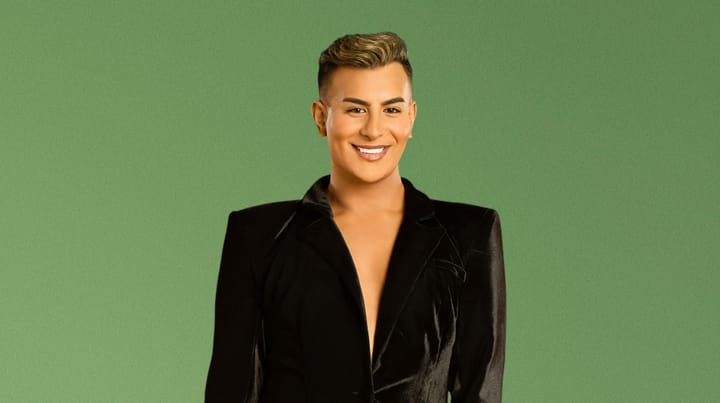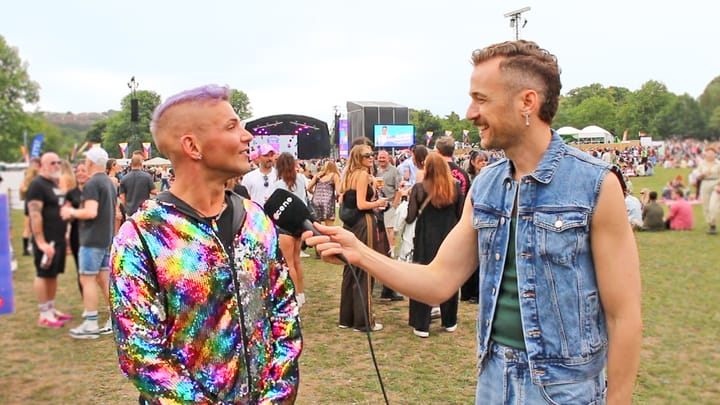Tens of thousands gather in Seoul for South Korean Pride

Tens of thousands of LGBTQ+ South Koreans and allies gathered in central Seoul on Saturday, 14 June for the 26th annual Pride parade—one of Asia’s largest—marking a historic moment as a central government agency participated for the first time.
Despite South Korea’s continued refusal to recognise same-sex marriage, and the absence of anti-discrimination laws protecting sexual minorities, the event went ahead following months of political unrest. LGBTQ+ activists had joined mass protests against former President Yoon Suk Yeol, who is now on trial for insurrection after a failed martial law attempt in December. Yoon’s evangelical base has long opposed LGBTQ+ rights.
Organisers acknowledged the difficult decision to proceed with the parade amid political instability. “Though the times may appear to be progressing, they have in many ways regressed,” they said. “And yet, because of this, in spite of this... we will never stop living as our true selves.”
For the first time, the Korea Disease Control and Prevention Agency (KDCA) joined the event. “This is an ideal space for public outreach, especially among young people,” said Hyun Jung-hee, a senior scientist at the KDCA.
The parade was filled with joy and colour—participants waved rainbow flags, blew bubbles, and handed out flowers. Across the street, evangelical Christian groups staged a counter-protest, chanting anti-LGBTQ+ slogans while performing traditional fan dances.
One attendee, a 29-year-old who gave her nickname as Door, shared how the event broadened her perspective. “All kinds of people come here. Some say, ‘I don’t think I’m queer, but I get them.’ Seeing that kind of diversity made me realise the world is bigger than I thought—and that’s why I keep coming back.”





Comments ()